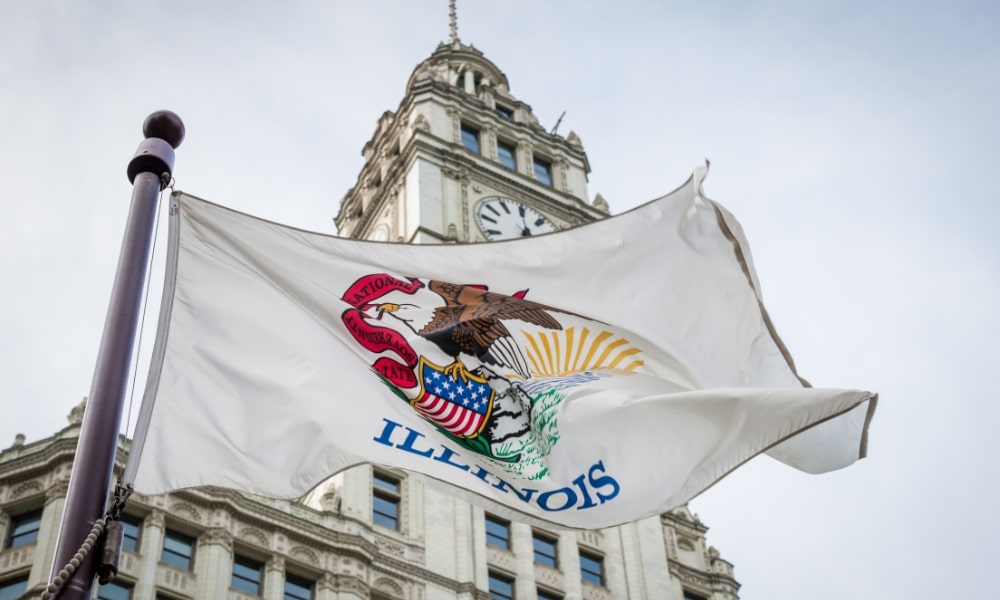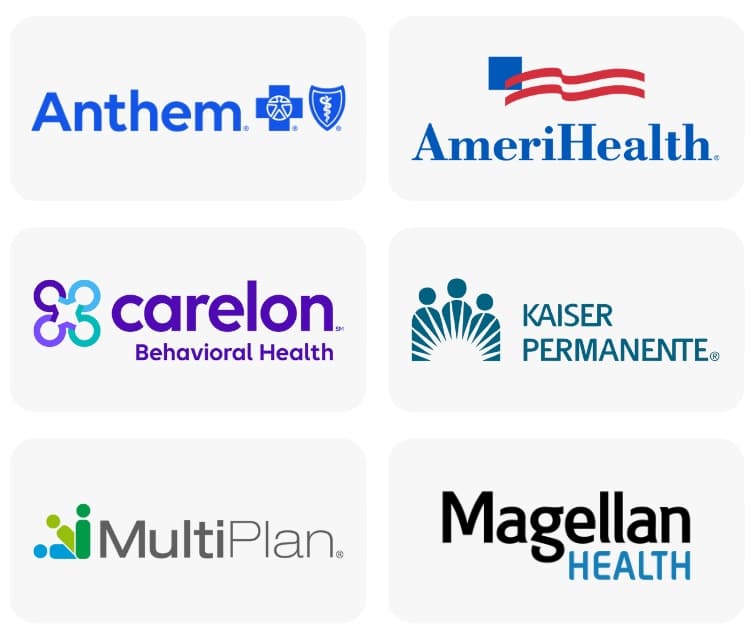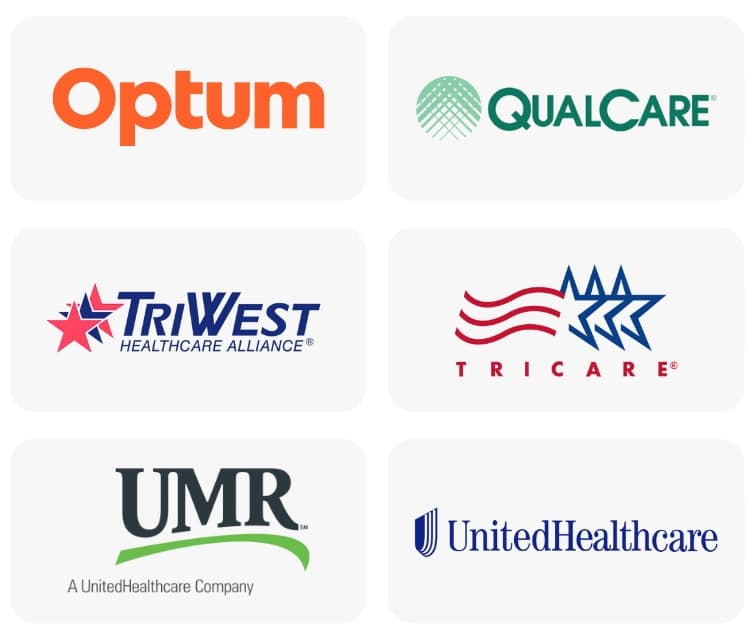Skip To Section
Federal funding for the Illinois opioid crisis and addiction allows the state to implement various initiatives and programs to combat this epidemic. Since June 2016, more than $110 million in federal funding has been given to address the Illinois opioid epidemic. This funding comes from the State Opioid Response (SOR) grants, which is administered by the Substance Abuse and Mental Health Services Administration (SAMHSA). The SOR grants aim to increase access to treatment and recovery services for individuals struggling with opioid addiction.

The Illinois Opioid Crisis
Illinois is a large state that has been hit fairly hard by the opioid epidemic, with many drug-related overdoses and similar problems. The Illinois opioid crisis has taken the lives of countless people.
Since 2016, Illinois has been hit particularly hard by the opioid epidemic in the United States, with at least 2,278 drug-related overdose deaths that year. This represents a 44.3 percent rise from the 1,579 overdose-related deaths in 2013. Of Illinois drug overdose deaths in 2016, over 80% were attributed to opioid abuse.
Despite efforts to curb the deadly impact of opioids within the state, Illinois continues to see a significant rise in deaths. According to 2022 reports from the Illinois Department of Public Health (IDPH), heroin overdose deaths have decreased by 9.9%, largely being overtaken by synthetic opioid overdose deaths which increased by 3,341% since 2013.
Of all drug overdose deaths in 2022, 83% involved opioids in the state of Illinois, accounting for 3,261 lives lost. In 2022 alone, just under 22,000 emergency medical services were needed to respond to opioid overdoses.
Funding for the Illinois Opioid Crisis
Illinois state’s budget to address the opioid crisis has increased substantially since recognizing the issue in 2015, but some argue it should be increased further. Others argue extra funding won’t help and more radical change is necessary to fully combat the issue.
A large portion of the funding for these Illinois addiction treatment programs comes from the federal government. There are broadly two terms that address this type of funding.
- Formula funding: Formula funding comes from formula grants. Essentially, these are non-competitive grants where a state receives money if it meets certain requirements as set up by legislation. These grants are generally only for governmental organizations (in this case, state governments), unlike other types of grants where private individuals or other organizations can apply. Usually, the idea of formula funding is to encourage states to make positive changes to then receive funding for important programs.
- Discretionary funding: This type of funding is arguably less complex than formula funding. It is basically the budget U.S. Congress, with input from the president, lays out each year as they deem fit. This is a fairly political process, so states and various programs do not always receive funding in proportion to their need. Congress tries to identify what problems need attention and budget accordingly.
There is also the mandatory budget, which funds things like Medicare and Social Security.
Past & Present Federal Budget for Addiction Treatment Services in Illinois
Despite US communities facing the devasting impacts of the opioid crisis as far back as the 1990s, it began receiving government attention in the mid-2010s. In 2015, President Obama made a hard push to tackle the issue with substantial budget increases for various related programs.
To illustrate the substantial increases seen in the budget over the past few years, this was the 2014 Illinois budget for addiction and mental health treatment programs:
- Formula funding: $87,193,213
- Discretionary funding: $32,913,107
- Total substance abuse funds: $80,698,032
- Total mental health funds: $39,408,288
The 2018 budget saw substantial increases.
- Formula funding: $97,889,492
- Discretionary funding: $83,861,716
- Total substance abuse funds: $135,042,356
- Total mental health funds: $46,708,852
Factors That Impact Federal Funding for Illinois Addiction Treatment Services
There are a few factors important to this discussion beyond just the spending increases. First, funds going to mental health programs and services, while of value, do not necessarily directly combat substance abuse. However, as mental health often plays a key part in combating substance abuse, it is still worth mentioning.
To better understand the benefit per capita, it is important to examine these numbers alongside any population increase in Illinois. Estimates vary, but the population of Illinois in 2014 was around 12.89 million people. In 2018, it decreased to around 12.74 million people.
To simplify, Illinois has seen an over $50 million increase in substance abuse funding, a less significant $7 million increase in mental health funding, and a decrease in population. While a decrease in population is sometimes reflective of other issues, it does mean the average person seeking help for addiction can receive more care per dollar given to the state, all else being equal.
Inflation was small enough to not be significant in the discussion.
Arguments For & Against Additional Federal Funding
The Illinois opioid crisis has led many to search for answers, with one argument being that Illinois needs a larger budget for programs directly or indirectly known to help with this issue. The counterargument acknowledges that the opioid crisis is real, but that the state needs to overhaul the current approach to the opioid crisis. That way the government can make wiser spending decisions instead of throwing more money at the problem before fixing the underlying issues.
Arguments For Additional Federal Funding of the Illinois Opioid Crisis
The arguments for an increase in federal funding to programs related to addiction treatment are generally pretty straightforward. It is a fact that better-funded programs are more effective, provided their methodology is current. This makes sense. If a program is based primarily on modern research, and you receive more money, you can build more facilities. You can also improve existing ones, provide more programs, improve existing programs, and hire and train more staff.
Arguments Against Additional Federal Funding of the Illinois Opioid Crisis
Some argue that drug treatment programs are ineffective, as relapse rates tend to be fairly high. However, the National Institute on Drug Abuse (NIDA) presents a counterargument to this point emphasizing that these programs work. Some people need more continual and adaptive care than others, which is usually how programs treat other chronic conditions. In this context, these programs work.
One more radical argument concerning this issue is that drug abuse is so expensive to this country (costing $600 billion annually), that making addiction treatment completely free might save money and lives in the long run. While this would initially require a larger increase in funding, it would also slowly require less and less.
Free addiction treatment would encourage people to get treatment earlier, rather than when it becomes necessary and has already caused extensive damage to the person and society. Early intervention treatment tends to be cheaper, whereas treatment for someone who struggles with intense levels of addiction can take a great deal of time and more concentrated care. Early help would also likely head off the spiral into poverty that many who struggle with addiction have to face.
Illinois Efforts to Stop the Opioid Crisis
The Illinois Department of Human Services (IDHS) Division of Substance Use Prevention and Recovery (SUPR) has been awarded multiple grants to address the opioid crisis, from the Substance Abuse and Mental Health Services Administration (SAMHSA). Through these grants, Illinois has received tens of millions in federal funding to combat the opioid epidemic within its borders. The Illinois SOR-I grant provided $73.1 million to address the opioid crisis from 2018 to 2021. More recently, the Illinois SOR-II grant provided $73.5 million from 2020 to 2022.
The state will potentially receive additional federal funding in years to come. The additional funding will go toward substance abuse treatment services, community outreach programs, and the state’s prescription monitoring program (PMP). With additional funding, it’s expected that these programs will grow more robust and reach more people. As a result, opioid addiction and overdose rates are expected to decline across Illinois.
Illinois Opioid Addiction Treatment
Footprints to Recovery’s Illinois opioid addiction treatment center assists individuals grappling with drug and alcohol addiction, particularly those affected by the opioid crisis that has ravaged many communities across Illinois. Our Illinois rehab provides a comprehensive approach to recovery, offering a full continuum of care that seamlessly transitions patients from detoxification to inpatient, and outpatient services.
If you or a loved one is struggling with addiction, reach out to our Illinois detox and rehab facility to embark on a journey toward lasting sobriety and healing.
- IDHS/SUPR Initiatives in Response to the Overdose Crisis.
- The Opioid Crisis in Illinois: Data and the State’s Response
- Data and Reporting – IDPH
- What Is a Formula Grant?
- Current US Discretionary Federal Budget and Spending
- SAMHSA Grant Awards by State – IL 2014
- SAMHSA Grant Awards by State – IL 2018
- Illinois resident population U.S. 2023 | Statista
- $1 in 2014 → 2025 | Inflation Calculator
- Principles of Drug Addiction Treatment: A Research-Based Guide (Third Edition)
- Principles of Drug Addiction Treatment – FAQ
- IDHS: Overdose Response Funding September 2021 Update
Our admissions team is available 24/7 to listen to your story and help you get started with the next steps.


